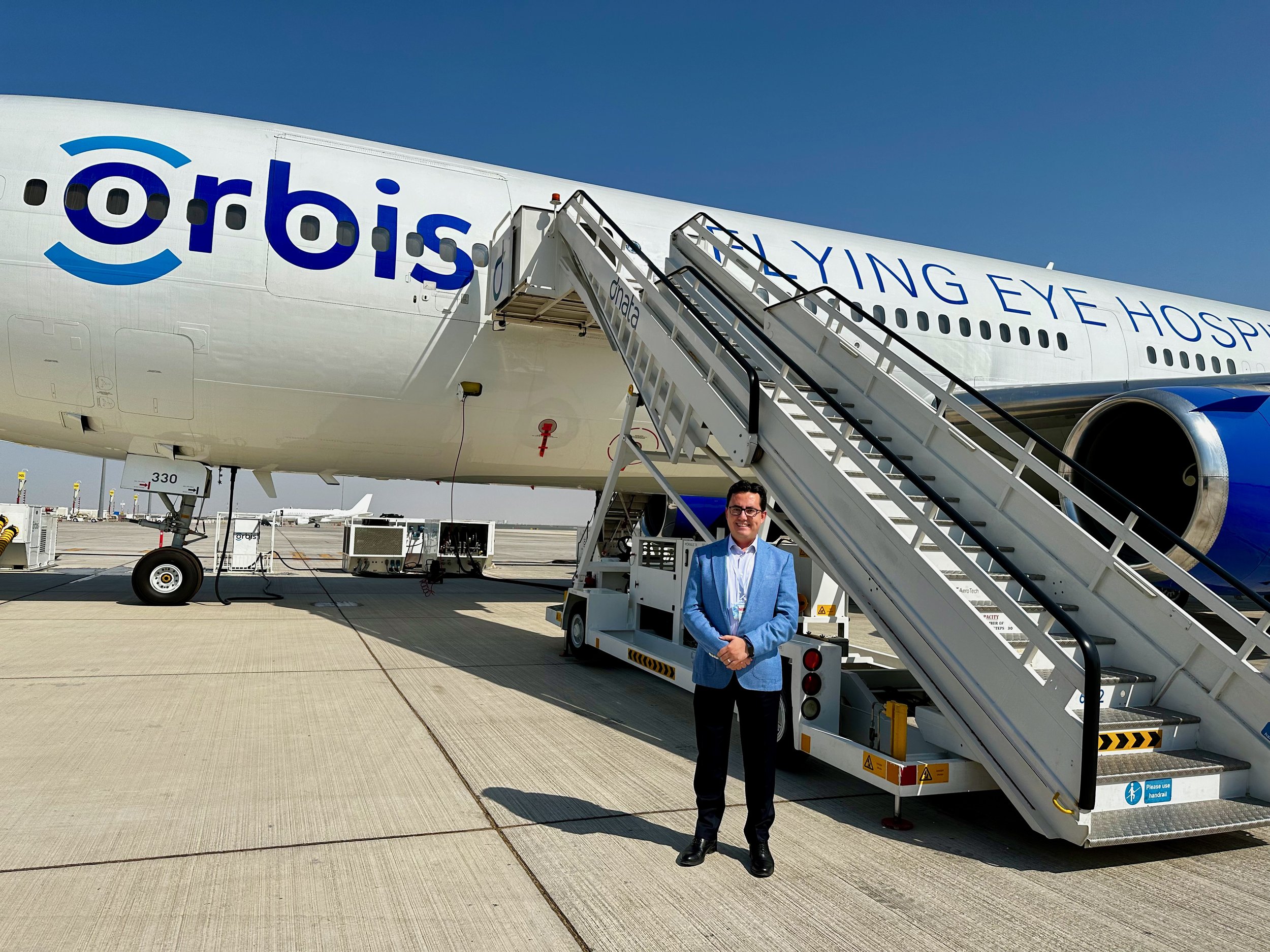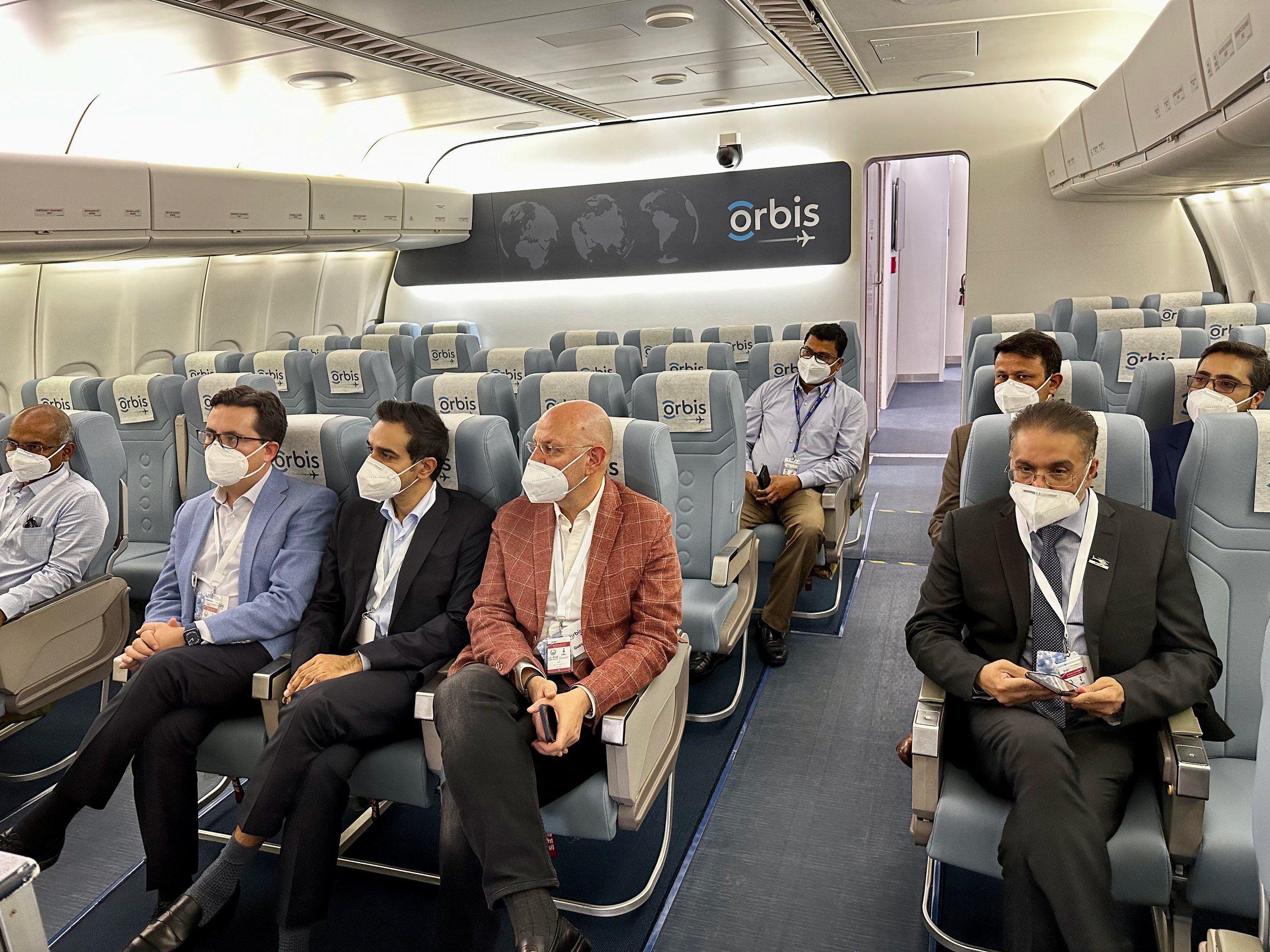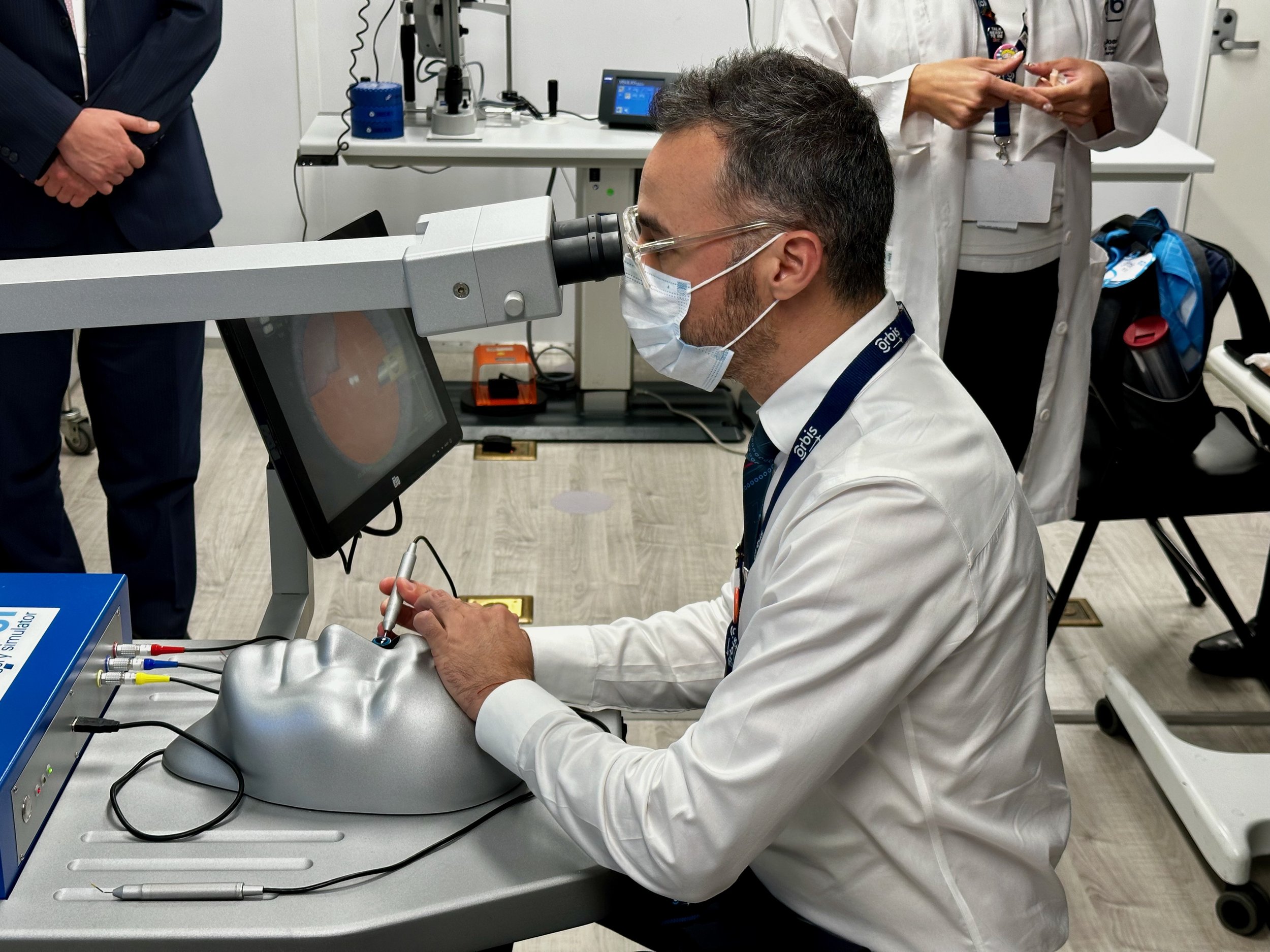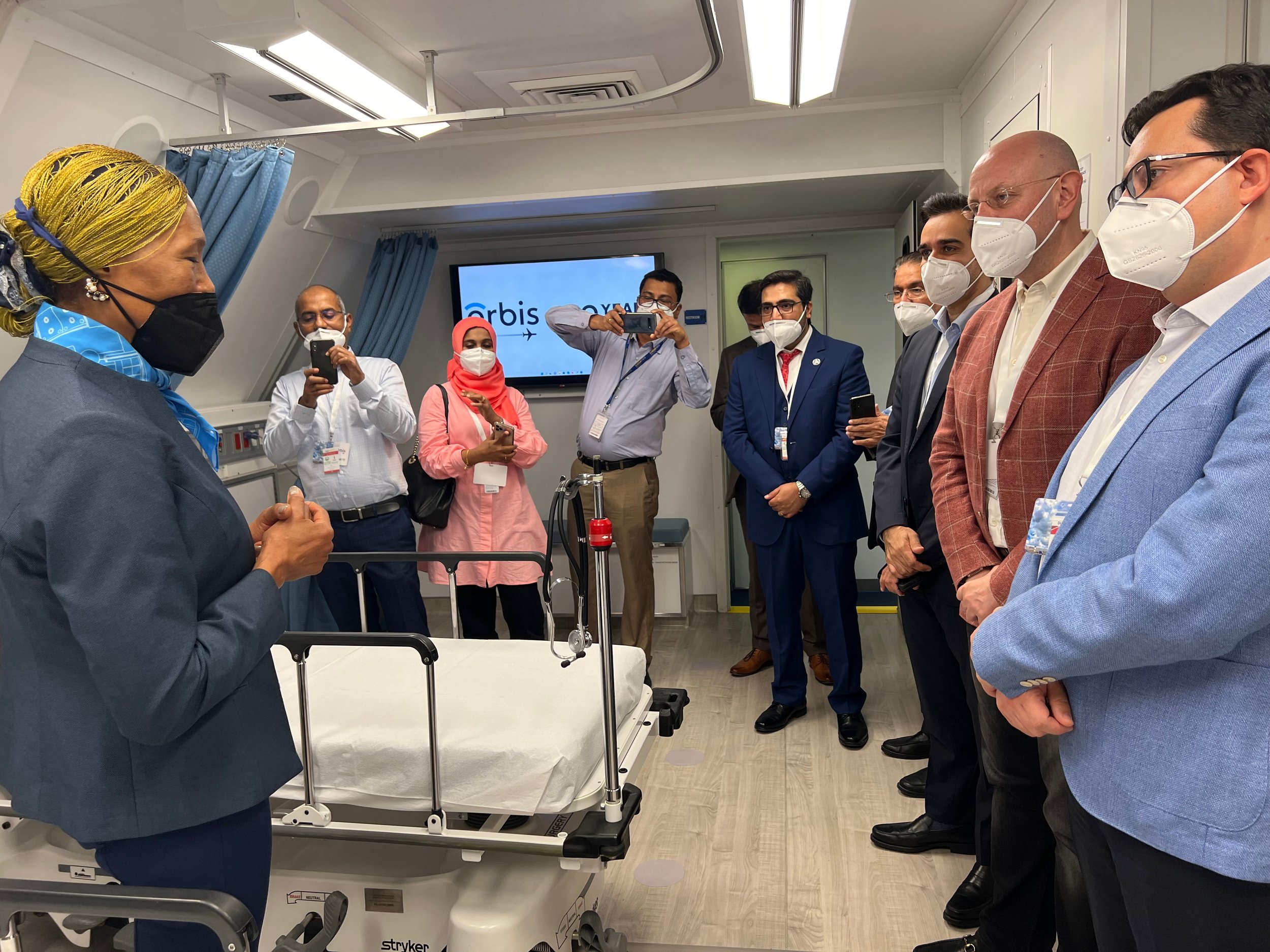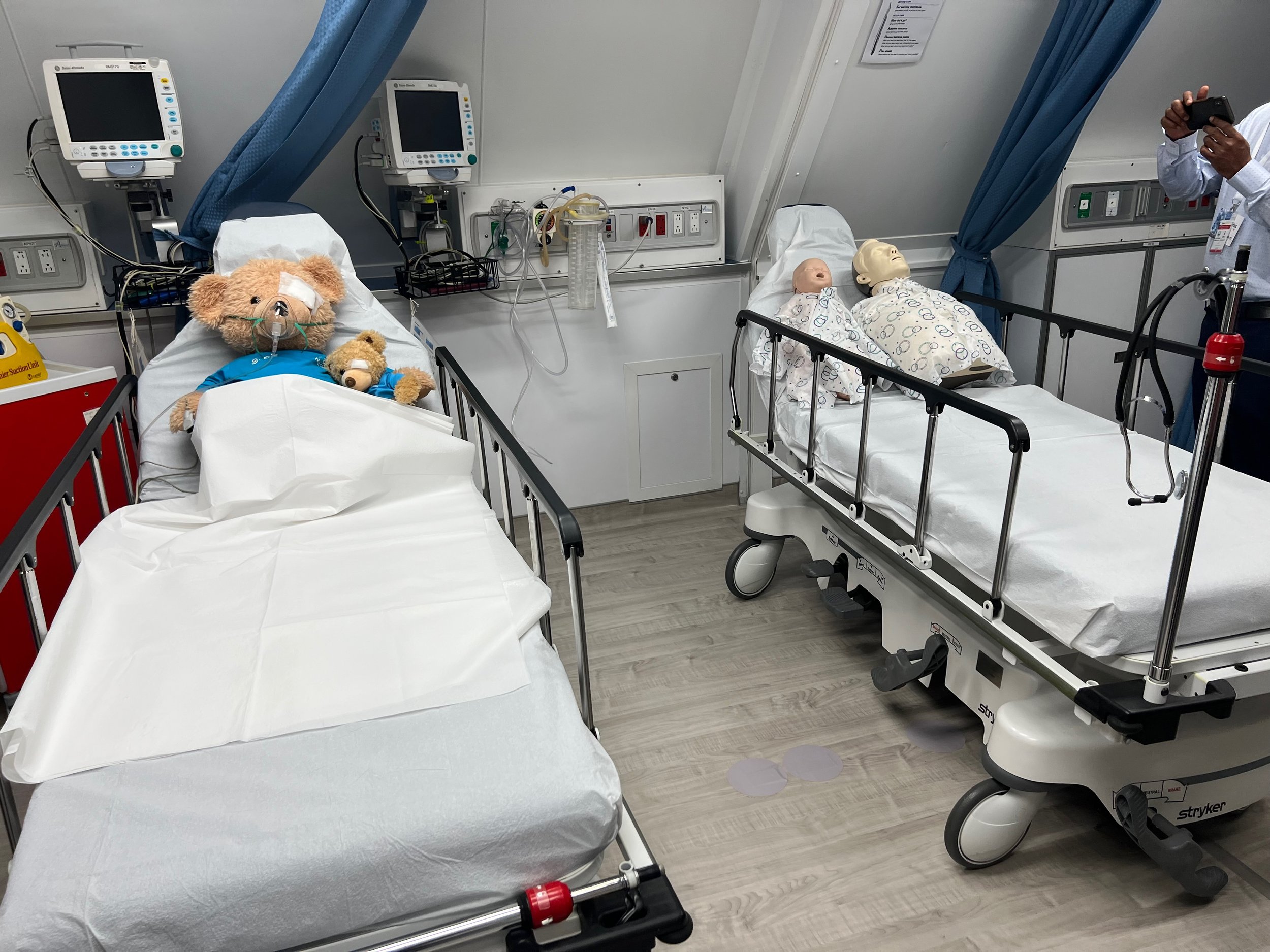Orbis Flying Eye Hospital brings together my passions: medical, aviation, and volunteerism
This initiative combines my passions and provides an excellent service to underprivileged people all across the globe. Orbis project teams called and offered me a tour of the flying eye hospital. It was a fantastic learning opportunity for me and an experience to see what individuals can accomplish when they work together for a good cause.
There are 338 million individuals worldwide who are blind or have moderate-to-severe visual impairment. 77% of these are totally avoidable or curable. Below diseases could be counted as some of the curable visual impairments;
Cataracts
Refractive Error
Diabetic Retinopathy
Retinopathy of prematurity
Glaucoma
Trachoma and Trichiasis
They would be able to see perfectly now if they had been able to get the necessary eye treatment, such as a simple cataract surgery or a pair of glasses, which many of us take for granted. One of the most efficient methods to combat poverty is to eliminate avoidable blindness.
Orbis teams have rebuilt and transformed an MD-10 cargo plane into a flying eye hospital. It's difficult to believe you're in an aircraft as you walk through the patient service areas.
The aircraft was cleverly built to meet the demand for treatment, teaching, and crew transfer demands. The part in front has been kept with seats, which could be utilized as a waiting area for patients, a training room for medical experts, and a passenger cabin for medical teams' flight needs.
The Flying Eye Hospital does not just provide short-term visits to countries for treatment. It also serves as a training facility for local medical teams in the countries visited. Orbis teams have established a link to the operating room in order to broadcast eye procedures for surgical training classes. In Covid times, we've all gotten better at using technology. Orbis has also launched a virtual training effort, providing virtual training with a connection to an Orbis aircraft. They have developed Cybersight, a global telemedicine and training project that connects specialists together to teach and improve knowledge for improved eye health management.
Today, laser treatment could be utilized for a variety of eye treatments. Orbis has a well-designed laser room, as well as eye simulation technology for surgical training. When you listen to the explanations from the teams, you will gain a deeper understanding of how it was planned in a sophisticated manner. The laser room is well-equipped, and teddy bears can be found throughout the facility to make pediatric patients feel more at ease.
It's incredible to read about Orbis' extensive legacy, which has 40 years of operational experience and has helped thousands of individuals heal. The operating room is located in the aircraft's center portion and features all of the necessary equipment and setup of a standard operating room. I've flown in a lot of private jets and seen a lot of VIP setups as well as well-equipped air ambulance planes, but witnessing an operating theatre in an aircraft was definitely an eye-opening experience.
Orbis staff have carefully prepared how to protect the equipment before and after flights, as well as reassemble everything, which is an interesting experience for the aviation and space industries. The airplane has its own sterilizing facility, which is assisted by local hospitals. The most difficult challenge in an aircraft operation is space management; yet, the MD-10 is well designed and you don't notice it much.
The rear of the aircraft houses not just the storage areas but also the changing rooms and the recovery area. The Orbis Charge nurse provided an overview of the process through which they prepare patients and provide sedation. They have developed policies in order to successfully administer all of these complicated treatments. The notion of a teddy bear with bandages on its eyes has been developed by teams. Every child is given a teddy bear that has a bandage on it, and the bear's bandage is removed the day before the child's own bandage is removed. Additionally, the children are informed that the bear has also undergone surgery. This method, which makes the circumstance less stressful for the pediatric patients, won my heart.
It was really great to hear the experiences of the many international volunteer medical teams. When all of the teams involved in such massive initiatives collaborate on them, humankind has the capacity to accomplish great things. Orbis has a significant impact on the lives of far too many people. A child can grow up with a better sight, an adult can return to his or her job, and an elderly person can see his or her grandchildren again. All supports, including Quad A Healthcare Accreditation and all other supporters, Alcon Foundation, Yuen Yee Charity Foundation, Fedex, and all other supporters and volunteers, must be thanked. In my brief tour, I have learned a lot. I've already taken some take-home ideas that could help our hospital's operations, and I'll be happy to assist the project in any way I can.

